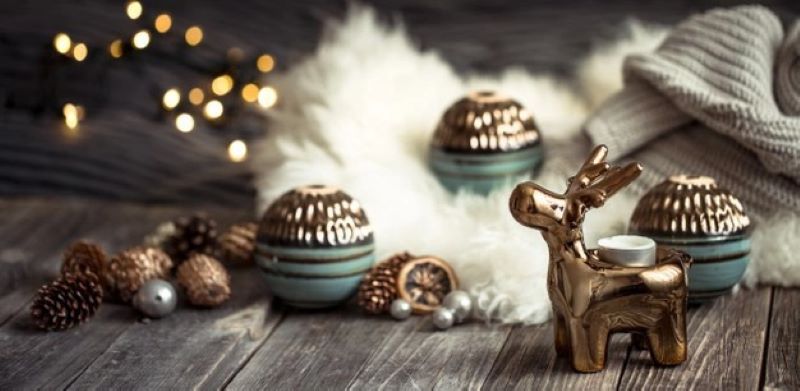Antique glass ornaments hold a special place in the hearts of collectors and enthusiasts alike. These vintage treasures, reminiscent of a time when Christmas decorations were handmade and passed down through generations, are now highly sought after by those who appreciate their unique artistry and cultural significance.
So how do you identify and value your antique glass ornaments? It all starts with a little bit of history and research.
Early Glass Ornaments
Glass ornaments have been used to decorate Christmas trees since the 1700s, and were first produced in Germany – specifically in the town of Lauscha. Back then, glassblowers would produce these ornaments by hand using molten glass, and ornament shapes were limited to simple spheres, fruits, and other basic shapes.
It wasn’t until the mid-1800s that glass ornaments began to grow in popularity outside of Germany, as trade routes with other countries opened up and people began to see firsthand the ornamental possibilities of glass.
These early ornaments were often transparent, allowing the tree lights to beautifully shine through. They were also delicate, as they were made by hand using thin glass which could easily break.
Ornaments from the 1920s and Beyond
From the 1920s onwards, glass ornaments became more intricate and varied in shape and design. Makers began to use colored glass and then decorated the surface with paint or other materials. Some of the most famous ornament companies of this era include Shiny Brite, West German, and Poland. These ornaments were mass-produced, making it possible for families around the world to have the same decorations.
In the 1930s, Disney even got into the act of making Christmas ornaments with the release of its first successful film, Snow White and the Seven Dwarfs. The company produced a set of seven ornaments, each representing a different dwarf in the movie. Other popular designs from this era include birds, flowers, and balls with intricate patterns.
Valuing Your Antique Glass Ornaments
The value of an antique glass ornament comes from a variety of factors, including its age, condition, rarity, and provenance. Provenance refers to the chain of ownership of a particular object, which can sometimes affect its value.
Other considerations that can affect value include the ornament’s original packaging, which can be scarce and highly desirable to collectors. The condition of the ornament is also crucial, as damage such as chips, cracks or faded paint can significantly decrease its value.
Lastly, the rarity and uniqueness of the ornament is an essential factor. Many ornaments were mass-produced, but some designs were produced in smaller numbers, making them rare and highly prized by collectors.
Conclusion
Antique glass ornaments are prized for their beauty, artistry, and historical significance. By learning a little bit about the history of these decorations, you can better identify and value your own vintage treasures. With the holiday season coming up, it’s the perfect time to dig out those family ornaments and see if you have anything of value!
